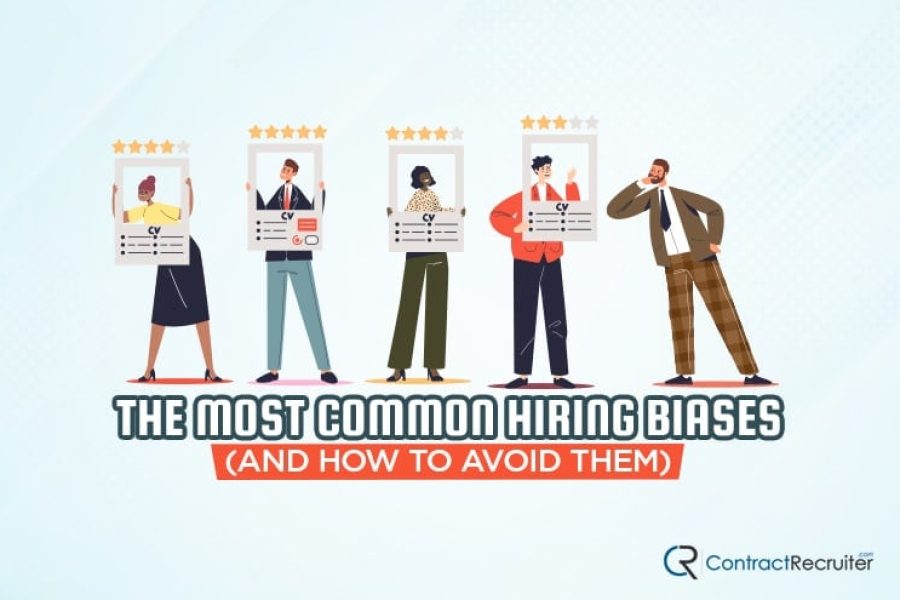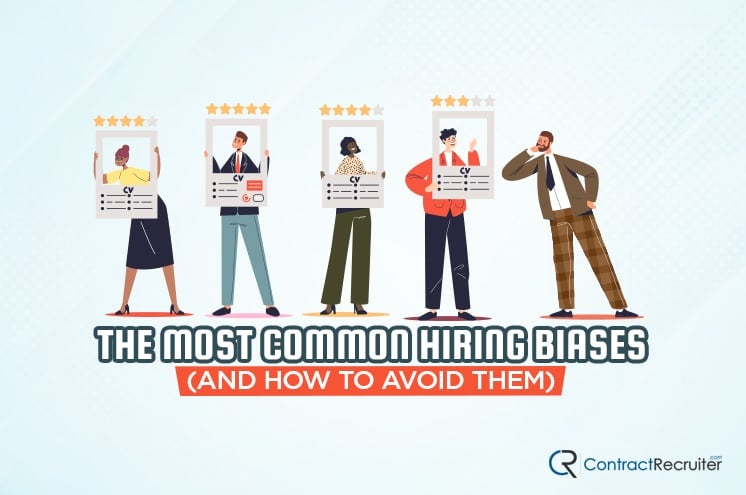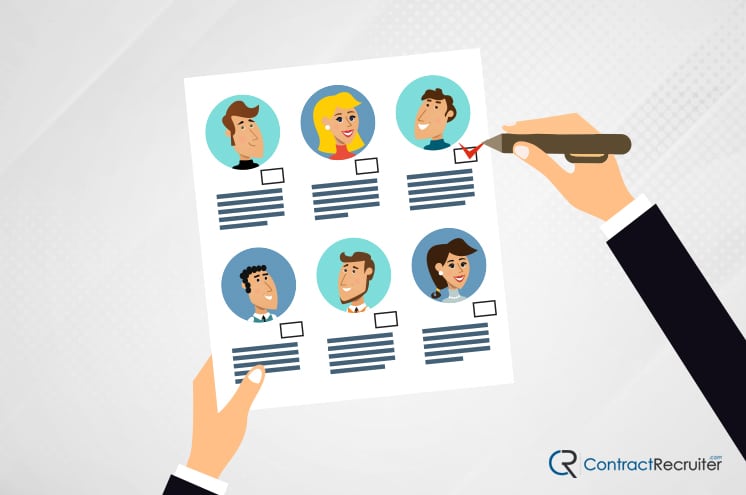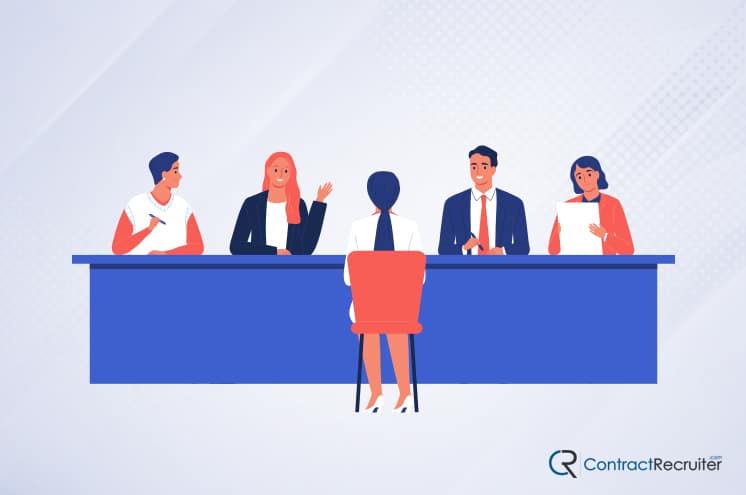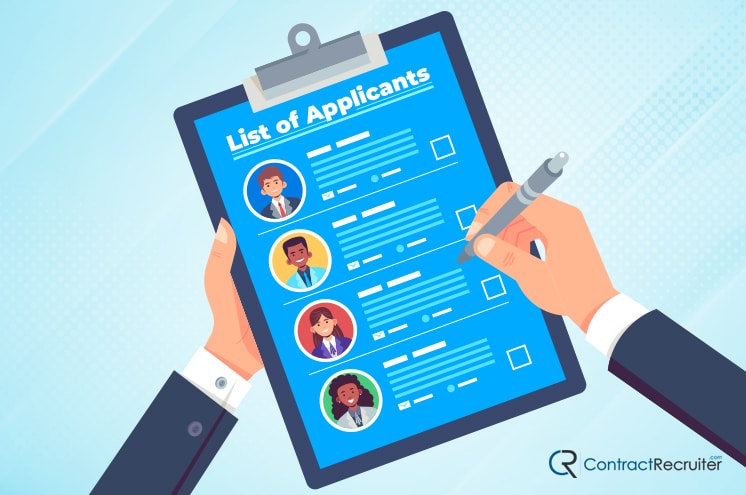No one is free of bias. Every last one of us makes judgments and decisions based on the collective influence of our upbringings, our experiences, our educations, and our societies. That “gut feeling” you have about anything from how your food looks to the impression you get when meeting someone new? That’s nothing more than a collection of biases manifesting.
This can be potentially valuable in social interactions, but it can also lead to miscommunications, misinterpretations, and misadventures. As a tourist, your gut feelings might serve you well, or they may lead you into an exploitative scam. Even these situations are individual, comparatively minor.
Where bias can truly become disastrous is in hiring. As a hiring manager or director in charge of making hiring decisions, you are not free from bias. It’s truly, 100% impossible to be completely free of bias. The best you can do, the best you can hope for, is to take steps to minimize the effect bias has on your decision-making and be aware of what you cannot eliminate to mitigate it.
To that end, we’ve put together this list of the most common sources of bias in hiring. Examine your hiring process and your decision-making to see if any of these are present, and take actions to adjust for them.
The Halo/Horn Bias
If you have an appointment with someone and they turn up late, dirty, and unkempt, you’re likely to judge them negatively. They might shine in their interview, ace the skill tests, and make a stellar impression with others, but you can’t shake that initial impression. In your mind, you’ll never see past them showing up looking like they dove out of a moving vehicle to make the appointment.
Perhaps they did just that. You don’t know the situation that led to their presence. Yet you ascribe a value to it – the “horn” effect, for devil horns, indicating something negative – and that value judgment lingers despite other evidence. You might not hire them despite their tangibly great metrics because of that impression.
The same thing can happen in reverse, the “halo” effect. Someone comes in for their interview, immaculate, charming, personable, and excellent at the skills tests. You hire them, but over time, you find that they’re abrasive, that their charm is entirely fake, and that they barely know how to do their job and don’t seem interested to learn. You give them plenty of chances and the benefit of the doubt because they were so charming that first time around. They cling on longer than they had any right to due to that initial bias.
Avoid this simply by questioning your assumptions and judgments. You don’t know the depths of someone’s character based on one meeting and shouldn’t make an assumption about it.
Confirmation Bias
60% of interviewers make a judgment about their candidates within 15 minutes of meeting them. Is that judgment accurate? Maybe, maybe not.
Confirmation bias is the unconscious practice of focusing on information, answers, or behaviors that back up that initial judgment or gut feeling while disregarding actions, behaviors, or information that run counter to it.
Consider that initial impression; you make a judgment that someone seems well put-together for their interview. Throughout the interview, they stutter (oh, a speech impediment is fine, they’re working on it), shuffle papers (just nerves, not disorganization, right?), and show signs of not knowing what they claim to know. Yet that initial impression carries through; you unconsciously assign less weight to negative factors or disregard them entirely while giving more weight to minor details that support your impression.
Everyone is guilty of this bias, which is why so much of hiring is about using objective markers, data from assessments, and interview scorecards to make more even judgments.
Affect Heuristic Bias
A heuristic is a shortcut. Heuristics are things like generalizations or attributions that are “good enough” to make a judgment, even though they may not be rational, consistent, or perfect. Affect heuristics are emotionally-charged heuristic decisions.
As a simple example, maybe you’ve had three or four kinds of foods with cheddar cheese flavors attached to them. So, when presented with a decision between a bag of cheddar chips and a bag of sour cream and onion, you know you like cheddar, so you go with that option.
You make that decision, even though you don’t know the quality of the flavoring, whether cheddar will satisfy your current cravings, or if the cheddar chips are old and expired, but the other ones are fresh, and so on. You don’t have all the information, but you made a judgment based on your experience that is likely to be, at worst, maybe a little disappointing.
How does this relate to hiring?
Heuristics can be snap judgments using information that otherwise has little bearing on the situation. Consider:
- Your best friend from childhood is named Stephen. A new applicant makes it to the interview process and is named Stephen, so you have an initial good impression of them based on the emotional memories the name brings up.
- A candidate’s keychain has a logo of a sports team you dislike. Seeing it puts you in a bad mood – they just beat your team last night – so you judge the candidate more harshly.
Neither example is rational or based on anything tangible; it’s a memory of an emotion that biases your judgment.
Affinity Bias
A Silicon Valley startup primarily consists of young men in their 20s and 30s, with computer science, business, and engineering degrees, Type A personalities, and a love of a good hipster brew. This company puts out a job ad and pulls in half a dozen candidates to interview. They choose a candidate who is a young man in his 20s or 30s, with a degree in computer engineering, a Type A personality, and a love of a good hipster brew.
Like attracts like. Yet, time and again, studies show that one of the best things you can do to bolster productivity, agility, and resilience in business is to hire a broadly-based and diverse workforce.
The startup in question knows that diversity is important, yet they value “cultural fit” over “tokenism” in their hiring. They tend to choose people who already resemble those who fit in rather than “gamble” on someone different. This is affinity bias – the bias towards people you share an affinity with and away from people who might challenge you – in action.
There’s a natural and reasonable urge to minimize potential sources of conflict. After all, people work better when they aren’t fighting. Unfortunately, this suppresses diversity and leads to further self-reinforcing bias. The real solution is to invest in conflict resolution training so that when disagreements arise, they can get handled reasonably and consistently.
Illusory Correlation Bias
Correlation does not equal causation. You’ve probably heard that before. For example, a famous graph shows how ice cream sales rise and fall in sync with the number of shark attacks. That doesn’t mean that buying ice cream makes you more at risk of a shark attack, nor does it mean that shark attacks are somehow an inherent driver of ice cream sales.
In hiring, an example might be an interviewer noticing that all of their best hires answered a specific way on a particular question in the process, which is otherwise just one of many similar questions. They correlate that answer to job performance, when the reality is, it’s more likely a coincidence.
This bias is another reminder not to ascribe specific value or undue influence to an otherwise innocuous piece of data that is not an actual correlation with job performance or outcomes.
Conformity Bias
Many people want to be a part of the crowd and have an aversion to speaking up. Perhaps they have had poor experiences in the past, or they’re unsure of themselves.
This can rear up as a bias in hiring, specifically in cases where a panel of interviewers is conducting an interview. Say you have five people conducting an interview. Four of them thought the candidate was great, but the fifth got a poor impression and thought they didn’t do well. Does that fifth interviewer speak up?
On the one hand, perhaps they feel the candidate performed poorly due to another bias – perhaps Affect Heuristic – that they didn’t recognize and adjust for. On the other hand, perhaps everyone else was affected by a bias like Affinity Bias, while the fifth interviewer was not.
Conformity bias pushes this fifth interviewer not to speak up, even when speaking up might foster discussion that can circumvent other biases and make for a more accurate hiring decision.
Contrast Bias
Stand out, make a good impression, get your foot in the door. Common advice for candidates, but is it valuable for interviewers?
As an interviewer, you are likely combing through dozens or hundreds of resumes for any given position. These have, presumably, already been through at least two filters. First, they’ve been through the self-selection filter of people who apply only if they believe they fit the role or are close enough to have a shot. Second, they make it through the filter on your ATS that pulls out the best resumes that most closely fit the open role.
Due to these filters, the chances are that many of these resumes are pretty similar. People applying for a particular role with a specific set of requirements will, by definition, have a resume tailored to that role and requirement set.
The monotony of reading so many resumes that are all, more or less, interchangeable becomes numbing. Any resume that stands out from the rest, whether it’s a particular skill or use of color or anything else, might be enough to make the candidate memorable. Is the candidate any better than the rest of the cohort? Not necessarily, but they stood out, and that contrast made them visible.
Fighting Bias in Hiring
There are many different ways to fight bias in hiring, but they all boil down to three generalities.
First, use a system that removes the source of bias. For example, the candidate’s name can lead to Affect Heuristic bias or other biases related to inherent racial or experiential biases. Anonymizing resumes is an easy way to remove that potential source of bias, at least until the candidate has progressed a bit through the application and interview process.
Second, be aware of the presence of biases. Knowing is, after all, half the battle. If you aren’t aware of the possible biases that can come up, you won’t be able to watch for them or combat them. Guides like this one can help, but it may require further reading. This guide isn’t a comprehensive list of biases because there’s no such list. Biases take many forms and are often unique to the individual.
Third, question the source of your choices and work to minimize biases. Panel interviews help remove bias by looking at each candidate through several viewpoints. Tools like interview scorecards can help remove biases inherent in less objective judgments. Training can help keep your interviewers on top of their own biases.
It’s impossible to remove all sources of bias. No one is capable of making unbiased judgments. That is why having multiple people review the hiring process is ideal; it can help to have multiple sets of eyes on any problem.
No software is either; software is made by biased people, and those biases can be built into the software or crop up through reinforcement in machine learning. It’s a considerable challenge in modern AI development, in fact, and it’s not one that is easily surmounted.
The best you can do is work to minimize the effects of bias on your hiring process and adjust for when they are noticed.
Do you or your company have any questions about hiring biases, or do you require any additional explanation about how you can avoid them further? If so, please feel free to comment down below, and we’ll get a conversation started! The first step to avoiding biases is to recognize that they exist, and by doing so, you’re already off to a good start. We would be more than happy to assist you however we possibly can.

